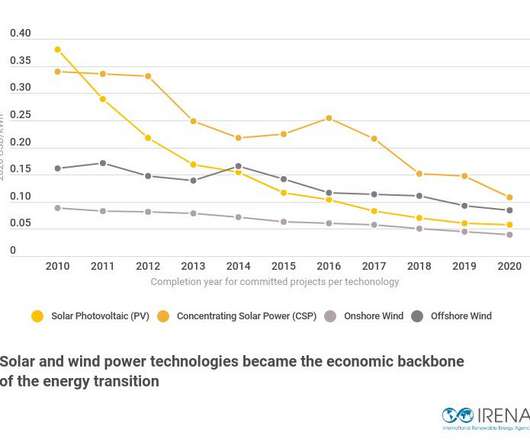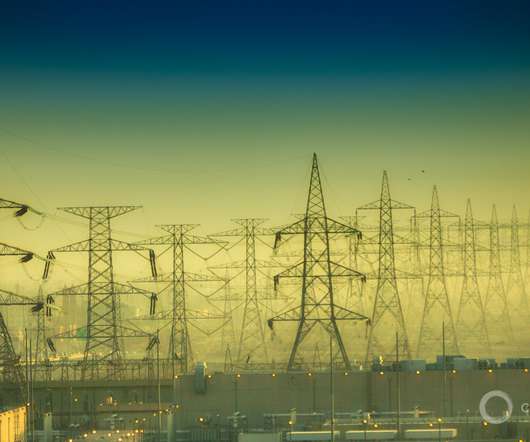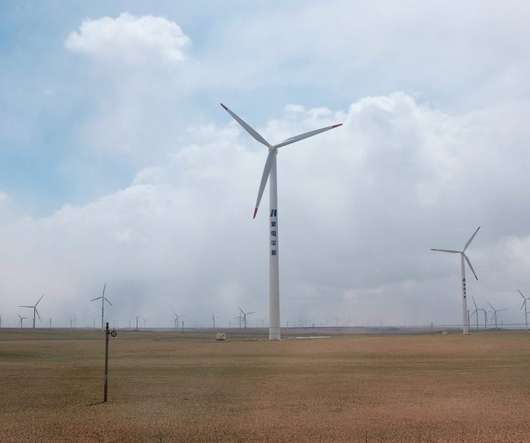Renewables smash fossil fuels at cost
A Greener Life
JULY 7, 2021
New research from the International Renewable Energy Agency (IRENA) confirms renewables are continuing to outpace fossil fuels on cost. They found that the share of renewable energy that achieved lower costs than the most competitive fossil fuel option doubled in 2020. Beyond the tipping point of coal.























Let's personalize your content